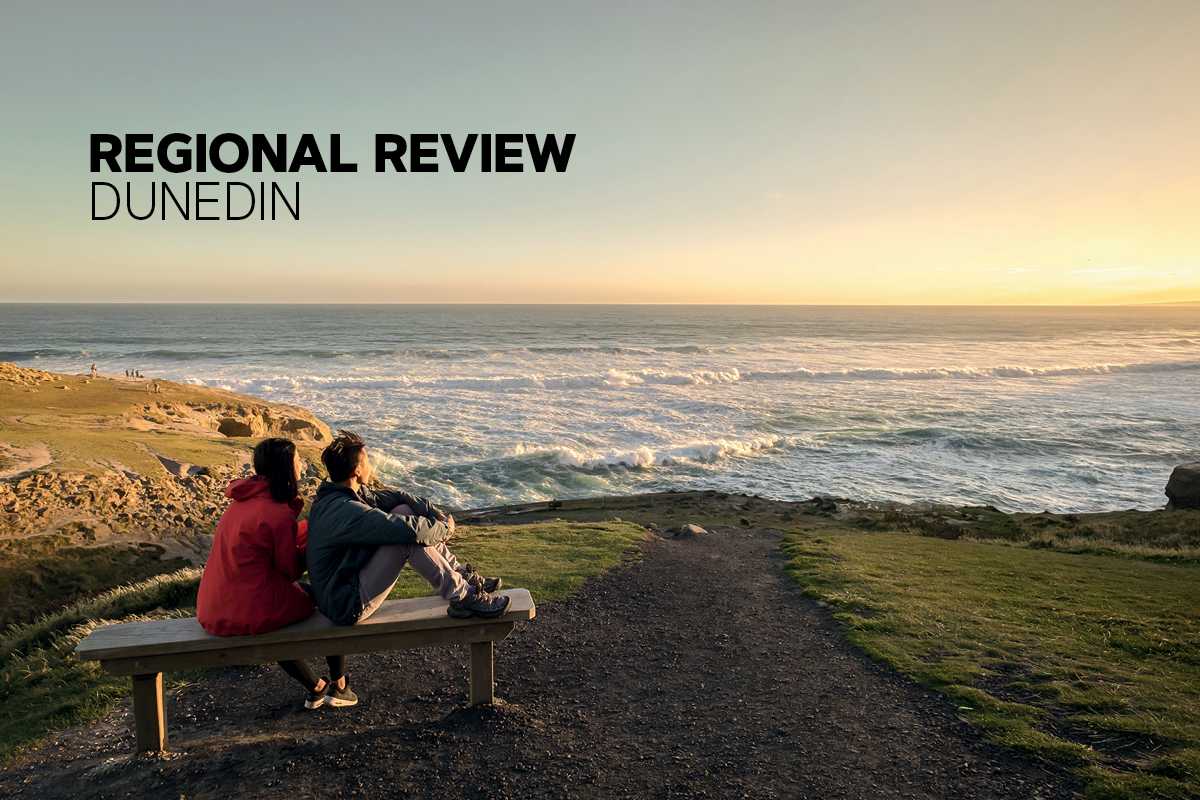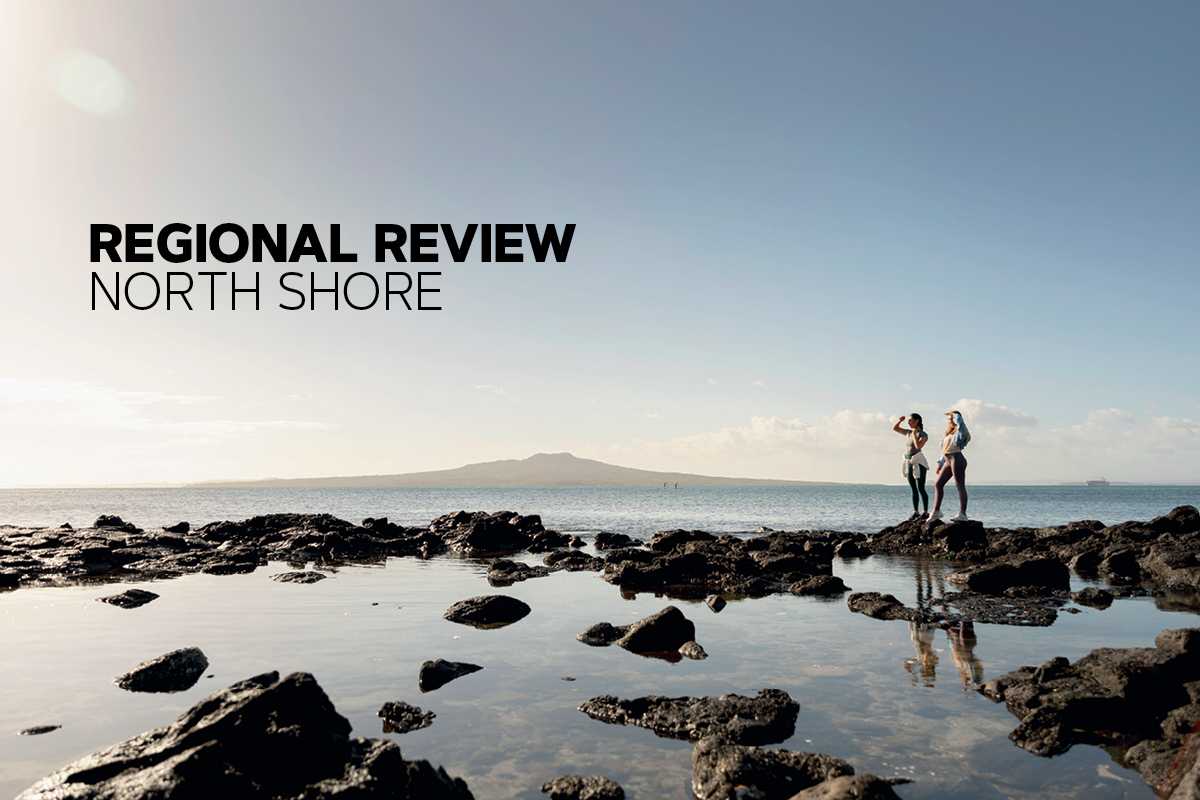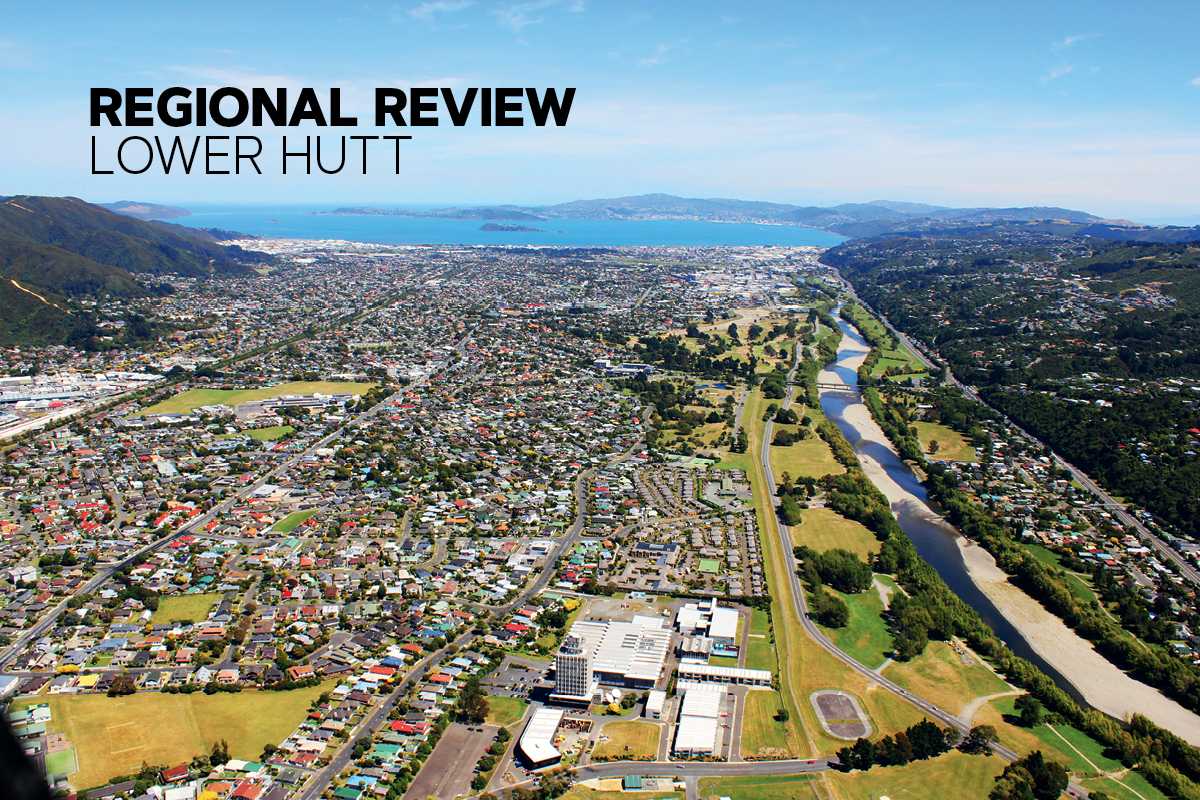
Little City, Big Opportunities
Sally Lindsay explores the changing property market in New Zealand’s celebrated southern city.
1 October 2022
The second-largest city in the South Island, Dunedin is getting more recognition for its breath-taking natural beauty, coffee and culture. With its laidback locals, historical architecture and booming cafe culture, Dunedin is fast becoming one of the coolest little cities in New Zealand.
A mishmash of landscapes, this urban-meets-nature scenic city is home to lush hinterland, rolling green hills, beautiful beaches, and everything anyone could want from a hip-and-happening city.
Dunedin, with a population of about 130,000, has an unusual mix of demographics — a transient student population of 25,000 mixed with an older, more conservative segment of society. There are also several businesses and individual entrepreneurs punching way above their weight who are outperforming on a global scale.
The city is home to the country’s only covered multi-use sports and entertainment stadium, drawing in musical, sporting and social events.
While the stadium is a recent addition to the city, Dunedin’s founders had the foresight to design a winding town belt of parks through the city’s hill suburbs, making it easy to be active and to spot wildlife on the wing. As the “wildlife capital” of New Zealand residents don’t have to go far to spot some of the country’s rarest creatures, including yellow-eyed penguins.
Because there is a plethora of parks and walks close to and around the city, those in Dunedin are more likely to be physically active and less likely to be stressed than their urban counterparts in other cities.
Dunedin’s attractive city centre radiates out from the Octagon plaza, where many restaurants and bars can be found. It’s an easy stroll in any direction to find diverse eateries, shops both big and quirky, and a wide array of entertainment amongst the city’s many Victorian and Edwardian buildings.
The streets are increasingly laced with safe cycleways leading around the city and the harbour, while the average commute to the CBD by car is 15 minutes, which leaves plenty of time for other pursuits at the beginning or end of a working day. Parks and reserves beyond the city itself offer plenty of opportunities for day trips and picnics. Dunedin is also the gateway to Central Otago, New Zealand’s leading tourist region, so weekends in the mountains are just a couple of hours drive away.
Within Dunedin house prices have risen moderately in the year ended July 1, from 10.1 per cent in the upmarket suburb of Maori Hill to 5.6 per cent in Dunedin central.
Median Values
These prices are in a market characterised by Harcourts’ Dunedin business owner and director Richard Stringer as abnormal over the past two years.
Historically low interest rates combined with a shortage of available properties and a confined population led to strong growth in median values across the country.
Dunedin experienced the same growth, but its median price is now effectively back to the same level it was pre-Covid. That represents a rapid 12 per cent drop from the peak in February this year.
Stringer’s personal view is the market will now level off and stay stable for some years to come. “The fundamentals haven’t changed. There is still a shortage of property and demand will be under-pinned by growth in infrastructure such as the new Dunedin Hospital build.”
Winter traditionally sees a drop in activity. However, he is anticipating a big increase in activity throughout the spring and summer. Median days to sell will remain longer as buyers will have more choice.
He says because there is a more balanced market, many locals are taking the opportunity to buy subject to the sale of their existing home, something that hasn’t happened over the past two years because conditional buyers were largely excluded from the market and needed to be in a cash position to have the chance of securing a home.
'New investors want to buy tidy homes that are compliant with Healthy Homes Standards and rent them to tenants who feel like it is a home’ Rachael Courtney
“The gap in real dollar terms of upgrading to a better home has never been closer, and chains of multiple listings being under contract subject to the sale of another home are now becoming common again.”
While investors have been scarce, Stringer says they are coming back to the market because they are aware of the demand coming, and there are more affordable options to consider. “Also, the council has moved to increase urban density with some zoning and planning rule changes, so investors and developers are taking a keen interest in homes on sites large enough to subdivide and develop, or homes that can have a flat added to increase rental yield,” he says.
First home buyers have also come back into the market after being excluded over the previous few months due to lending restrictions. “Now the banks have freed up more low equity lending it’s great to see young buyers securing their first home.”
Most areas across Dunedin are popular for buyers. Stringer says Mosgiel continues to attract family home buyers looking for more modern homes.
Any suburbs close to the city appeal to first home and investor buyers. Houses in Dunedin Central have risen 5.6 per cent from $686,200 to $724,300 in the year ended July 1, CoreLogic data shows. In North Dunedin and Shiel Hill houses have bounced up 6.6 per cent and 6.2 per cent respectively.
However, finance remains the number one hurdle for any buyer and Stringer advises purchasers to work closely with a mortgage broker, get finance locked in place, then go looking.
“The market is improving in terms of confidence. Most buyers have now come to the realisation this is the new normal and interest rates will remain at this level for some years to come. If buyers can afford finance at existing rates now is an excellent time to secure a home or investment property as a long-term proposition.”
Selective Investors
Dunedin is known for its big stock of older houses and they are still appealing to investors, despite a building boom in new houses. iFindProperty buyers’ agent Dean Horo says investors are being far more selective in what they are buying. Many want rental yield and a site with development opportunities.
The market has done a complete change in two years when some of the student housing investment options were popular. “Mum and dad investors would pick them up, but they now want better quality existing properties that can be renovated, have room for an extra bedroom or another small house, so they can maximise the rental yield potential,” he says.
For a time after the government changed the tax rules last year many investors gravitated to new homes or townhouses where they could still claim mortgage interest deductibility, but Horo says new off-the-plan developments don’t stack up financially now. “Some projects are still selling, but whereas in the past the majority of townhouses sold to investors, it is now owner-occupiers buying them.
“Developers built a large number of two-bedroom, two-bathroom homes, in particular in Caversham, that were snapped up by investors and many of these are expected to hit the rental pool shortly. These types of homes have been renting for $600 plus a week, but there might be challenges achieving those rents for the new stock,” he says.
According to Tenancy Services data the national median rent in June was $535, a drop for the second month in a row from its peak of $550 set last summer. Investors and developers are now concentrating on new three-bedroom dwellings for owner-occupiers as the market changes.
This style of medium density housing could soon be seen in posher parts of Dunedin. A variation in Dunedin’s District Plan allowing medium density housing in the city’s exclusive suburbs of Maori Hill and Roslyn is expected to attract investors and developers, although higher prices, escalating building costs, uncertainty around construction and higher interest rates could be a barrier, says Horo.
Maori Hill and Roslyn had the biggest price rises in the city during the year ended July 1. Maori Hill house prices rose 10.1 per cent from $1,002,800 to $1,103,950 and Roslyn prices were up 8.1 per cent from $877,500 to $948,500.
An area that has typically appealed to investors is the Dunedin satellite of Mosgiel where there is a solid rental market. For lower end investors it has been Green Island because it has medium density housing and proximity to the motorway. Horo says whether they remain popular for investors is hard to determine as there haven’t been a lot of sales in general and few properties on the market.
Multiple Enquiries
As plenty of new properties will hit the rental market shortly, Nidd Property Management managing director Rachael Courtney says there is still momentum and inquiry from online listings.
“Multiple inquiries are generated on every mid-range listing resulting in two to 10 applications for each one.”
Courtney says there is demand for new rentals, particularly after a steady influx of people relocating for work and others moving from Wellington and Auckland or from overseas now the borders are fully open.
Tenants using Nidd’s services tend to be in the mid to upper-bracket price range for two to three-bedroom houses and will use FaceTime to look at a vacant property if they are out of town. Rents for a furnished two-bedroom home average $340 to $450 at the higher end and for a furnished three-bedroom home they range from $500 to $675, which tends to appeal to renters moving from outside Dunedin. Four-bedroom properties take longer to rent as they are more aligned with groups of renters or bigger families.
Investors are still active in the market although many have been sitting on the fence because of the tax changes and extension of the bright-line test. “New investors want to buy tidy homes that are compliant with Healthy Homes standards and rent them to tenants who feel like it is a home and treat it as though it is theirs.”
Nidd has a combination of new and existing homes on its books. Most of the older properties have been renovated and the newer builds have been bought at good prices.
Mosgiel is an attractive area for renters because it is on flat land and has a good range of shops and amenities, while renters across the rest of Dunedin seem to chase the type of house they want rather than the suburb they want to live in.
“A question often asked in other parts of New Zealand about which are the better suburbs and which are those people wouldn’t want to live in is irrelevant in Dunedin. It shows landlords are doing right by their tenants.”


